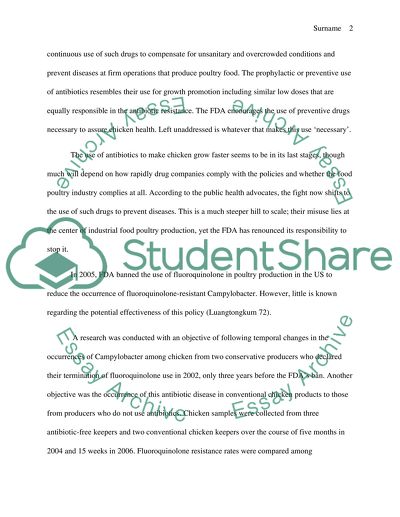Cite this document
(“FDA policy Essay Example | Topics and Well Written Essays - 1250 words”, n.d.)
Retrieved from https://studentshare.org/english/1460358-fda-policy
Retrieved from https://studentshare.org/english/1460358-fda-policy
(FDA Policy Essay Example | Topics and Well Written Essays - 1250 Words)
https://studentshare.org/english/1460358-fda-policy.
https://studentshare.org/english/1460358-fda-policy.
“FDA Policy Essay Example | Topics and Well Written Essays - 1250 Words”, n.d. https://studentshare.org/english/1460358-fda-policy.


